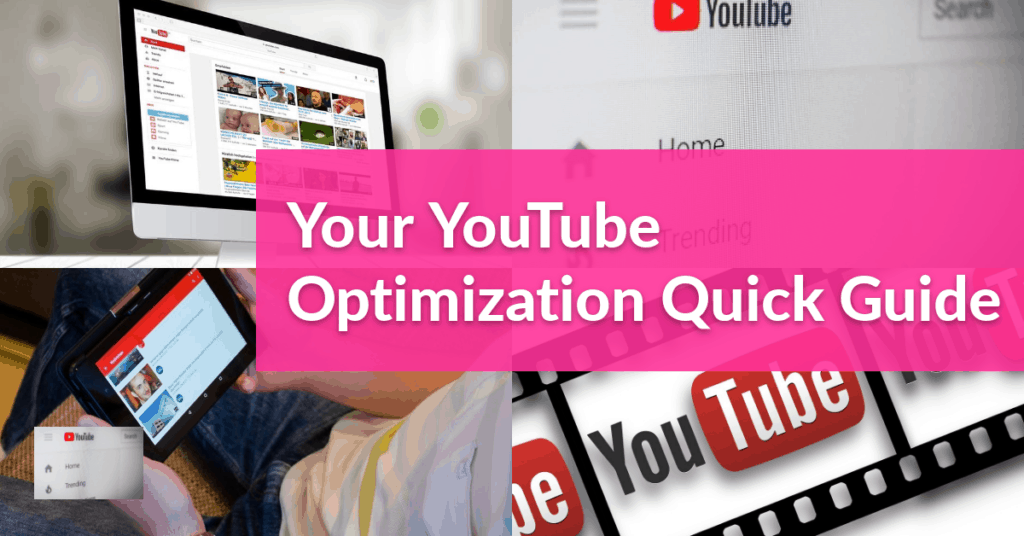
Ready to take your YouTube game up a notch? In this guide, we’ll delve into the nuts and bolts of elevating your YouTube rankings. No flashy gimmicks, just practical steps to help your content stand out in the crowded online arena. So let’s get started on this journey to YouTube success.
Crafting Click-Worthy Thumbnails:
Let’s kick things off with thumbnails – the face of your video. Aim for clarity and relevance. A clean, compelling thumbnail can significantly increase clicks. Ensure it accurately represents your content, and experiment with design elements that catch the eye without being overly flashy.
Title Mastery: Balancing Intrigue and Clarity:
Titles are your video’s first impression. Find the sweet spot between intrigue and clarity. Include keywords naturally, making it clear what your video is about. Avoid clickbait tactics, as they may lead to disappointed viewers who won’t stick around for long.
SEO: Your Video’s Roadmap:
Search Engine Optimization (SEO) isn’t just for websites. Use relevant keywords in your video description, tags, and title. Think about what your target audience might search for and incorporate those terms organically. This helps YouTube understand your content and recommend it to the right viewers.
Quality Content: The Heart of YouTube Success:
Engaging content is the cornerstone of a successful YouTube channel. Whether you’re providing information, entertainment, or a mix of both, focus on creating content that adds value to your audience’s experience. Be authentic, stay true to your brand, and keep viewers coming back for more.
Consistency: Building Viewer Trust:
Consistency is key. Establish a posting schedule that works for you, and stick to it. This builds trust with your audience, and they’ll know when to expect your next upload. A reliable schedule helps YouTube’s algorithm understand your activity level, potentially boosting your video rankings.
Viewer Interaction: Transforming Audiences into Communities:
Encourage interaction by responding to comments, asking questions, and engaging with your audience. Use features like cards and end screens to prompt viewers to subscribe or watch related videos. Building a community around your content strengthens your YouTube presence.
Video Structure: Enhancing User Experience:
Optimize the viewer experience by structuring your videos effectively. Use an engaging introduction, deliver on your video’s promise, and end with a strong call-to-action. Incorporate timestamps in the description for easy navigation, catering to viewers who might want to skip to specific sections.
Collaborate and Connect: Expand Your Reach:
YouTube is a community, not a solo endeavor. Collaborate with other creators in your niche. Cross-promotion can introduce your channel to new audiences, benefiting both parties. Additionally, engaging with your audience and fellow creators in a genuine way helps you become a part of the broader YouTube community.
Analytics: Your Guide to Informed Decision-Making:
Dive into YouTube Analytics to understand your audience, their preferences, and video performance. Insights from analytics guide your content strategy, helping you create videos that resonate with your viewers. Regularly review analytics to refine your approach and capitalize on what works best.
Wrapping Up
And there you have it, Creative Visionaries! A practical guide to elevate your YouTube rankings. Thumbnails that invite clicks, titles that strike the right balance, engaging content that keeps viewers hooked – implement these strategies consistently, and you’re on your way to YouTube success. Now, armed with these practical tools, go ahead and amp up your YouTube presence.